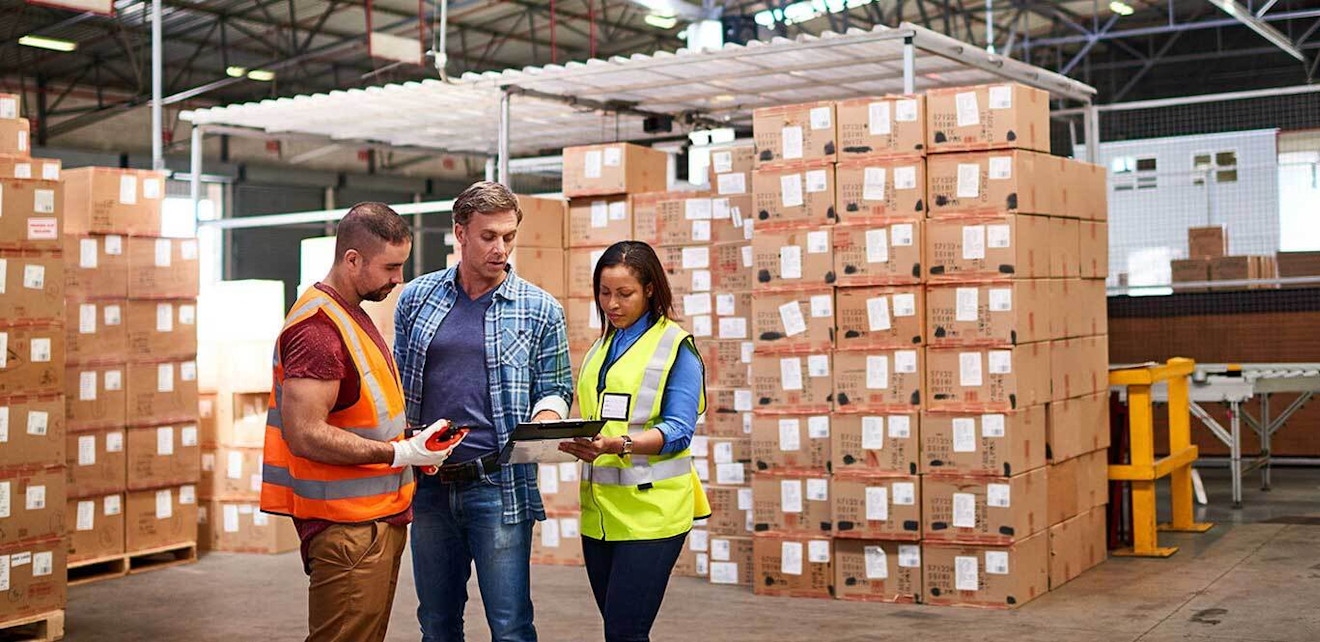Home > Blog
Read Time — 3 minutes
5 Costs of Having Too Much Inventory

One of the biggest mistakes business owners make is carrying too much inventory in their warehouses. Overbuying is usually caused by manual inventory and warehouse management systems that are clunky, inaccurate, and costly. The costs associated with purchasing those items, transporting them, and storing them can take a huge bite out of your operating budget and eventually your profit.
You end up paying multiple costs when you overbuy inventory. Read on to see where these costs come from and how to avoid them.
1. The Item Cost
If your inventory isn’t updated in real-time, you are just guessing how much inventory you have in stock. You may then end up buying new items at a higher cost than usual because you think that you need to replenish your stock.
2. Transportation Cost
Transportation costs tend to run high, especially during certain times of the year when fuel prices traditionally increase. If you are ordering inventory you actually don’t need because your inventory isn’t up to date, you could end up paying a lot of money in transport fees. Shipping costs that are higher than usual will cut into your profit when those items are sold.
3. Labor Cost
Once the unnecessary items that you’ve purchased arrive, you will need to pay workers to unload them and get them safely into the warehouse. Those labor costs can add up quickly, especially if you have a large order of items or if the items are very heavy. The workers unloading the items will also have to spend time reorganizing the goods already inside the warehouse to make room for the new inventory items.
4. Storage Cost
If you add new items to the inventory that you didn’t actually need, you will end up paying costs to carry those items in your warehouse. Increased costs for keeping the items in good condition and safely stored are not good for any business. If your business is still small, the extra storage cost on top of all the other costs associated with having too much inventory could really cause a financial problem.
5. Lost Profit Cost
When you have too much inventory, you need to sell more. For most businesses that means running a sale to offload excess items from the warehouse to eliminate the extra carrying costs. However, if you are forced to drop the price of the items in order to get them out the door fast, you’ll end up making less of a profit on each item. You may even need to sell at a loss to get the items out of your warehouse.
An automated inventory management system can completely eliminate the cost associated with having too much inventory. Modern inventory management systems use real-time transactions and tracking so you always have an accurate inventory count.
Inventory Management Solution: How to Prevent Buying Too Much Inventory
All of these extra costs that are caused by too much inventory could be eliminated. An automated inventory management system, such as ECI's cloud ERP for manufacturers, that is based in today’s smart technology can completely eliminate the cost associated with having too much inventory. Modern inventory management systems use real-time transactions and tracking so you have accurate inventory information at all times.
-------------------------------------------------------------------------------------------------------------------------------------
Want to learn more about an inventory management system that records all business transactions in real-time, starting at the first touch point in the organization? I want to learn more about WiSys Suppy Chain Management solution.



